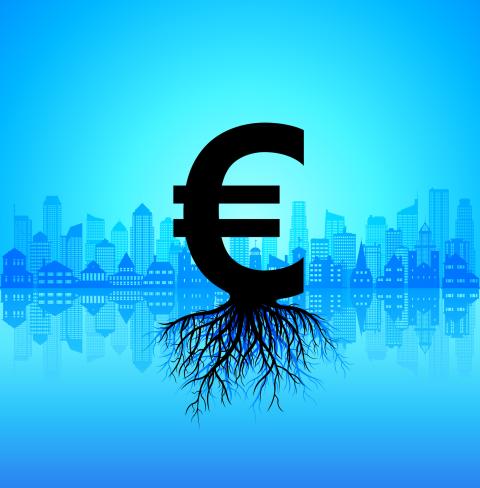European Economic
and Social Committee
The EU recovery plan must contribute to a just transition for EU resource and energy-intensive industries
At its December plenary, the European Economic and Social Committee adopted an own-initiative opinion on how resources and energy-intensive industries (REIIs) can take advantage of the EU recovery plan in their socially acceptable transition towards de-carbonisation and digitalisation. The EESC encourages the Commission and the other EU institutions to guarantee a level playing-field within the single market, in order to avoid unbalanced advantages to industry depending on each Member State's approach.
Industrial production in Europe has been hit hard by the pandemic, and while European companies in sectors with high consumption of resources and energy were already in a precarious situation, they are now faced with this further, unexpected crisis. At the same time, European companies in resource and energy-intensive sectors are also faced with the pressing need to adapt to the European policy objectives to address climate change through the implementation of the European Green Deal.
The EU recovery facility and the related national recovery and resilience plans must lead to the creation and maintenance of quality jobs, involve social partners in the implementation of the NRRPs, and support labour transitions through reskilling and upskilling.
The industrial transition will only be achieved if the energy transition is implemented. Research and innovation and proper implementation of the EU recovery plans are crucial for a just transition in line with the carbon neutrality goal. For that, the availability of sufficient, affordable low-carbon energy sources that make low-carbon industrial production possible will be key
, said rapporteur Andrés Barceló Delgado.
Automation and digitalisation in the industrial transition are among the cross-cutting fundamentals of this transformation process. However, the role of digitalisation in resource and energy-intensive industries must not be misunderstood: it is a tool, not an end goal in itself.
The EESC welcomes the seven flagship areas set out by the Commission in its guidance to Member States on the NRRPs, and the need to devote at least 37% of the total budget to actions in the field of climate investments and at least 20% in the field of digitalisation. It also encourages the EU institutions to closely monitor the deployment of the allocated funds in order to fulfil those requirements.
Enabling a just transition for resource and energy-intensive industries is key. The EU recovery facility and the related national recovery and resilience plans must lead to the creation and maintenance of quality jobs, involve the social partners, and support labour transitions through reskilling and upskilling,
said co- rapporteur Enrico Gibellieri.
Background
The European Union has set up several mechanisms under the Next Generation EU programme (NGEU), with the aim of helping Member States emerge stronger from the crisis, with the largest stimulus package ever seen. It will provide EUR 1.8 trillion in a long-term budget that will be deployed through different instruments focused on modernisation, research, climate transition and social protection. One of the Next Generation EU tools is the recovery and resilience facility, which will focus on repairing the immediate economic and social damage caused by the COVID‑19 pandemic and promoting the "twin transition" to a decarbonised and digital society. The facility comprises a total sum of EUR 672.5 billion, which will be distributed as loans (EUR 360 billion) and grants (EUR 312.5 billion), available to support reforms and investments made by the Member States with a view to ensuring a sustainable recovery. This funding will be allocated under the Member States' NRRPs, which will include the reforms and investments required as well as reflecting the relevant country‑specific recommendations made by the Council as part of the European semester governance framework, in order to contribute to the EU's 2021 annual sustainable growth strategy.
The European Commission has set out the main flagship areas where the specific lines of action need to be defined by each Member State:
- POWER UP – clean technologies and renewables;
- RENOVATE – energy efficiency of buildings;
- RECHARGE and REFUEL – sustainable transport and charging stations;
- CONNECT – rollout of rapid broadband services;
- MODERNISE – digitalisation of public administration;
- SCALE UP – data cloud capacities and sustainable processors;
- RESKILL and UPSKILL – education and training to support digital skills.
The main flagship areas have been defined to allow the actions undertaken to make a substantial contribution to the green and digital transition in the EU. The EESC agrees with the proposed main flagship areas, which will focus the investment on some of the most relevant areas for achieving the United Nations sustainable development goals (SDG) while ensuring the achievement of the climate targets established by EU legislation for 2030 (greenhouse gas (GHG) emissions reduction of at least 55% compared to 1990) and 2050 (net-zero GHG emissions).
